Tara VanDerveer’s First Win Looked Nothing Like the One That Made Her the Winningest Coach

In January 1979, the Idaho Vandals women’s basketball team set off on a lengthy road trip and ended up in Anchorage. It was the furthest that most of them had ever been from home. The squad was young—there were four freshmen in the starting five—but they’d started off the season strong and felt well positioned for a four-game swing through Alaska.
But their opponents had a question when they walked into the gym.
Which one of you is supposed to be the coach?
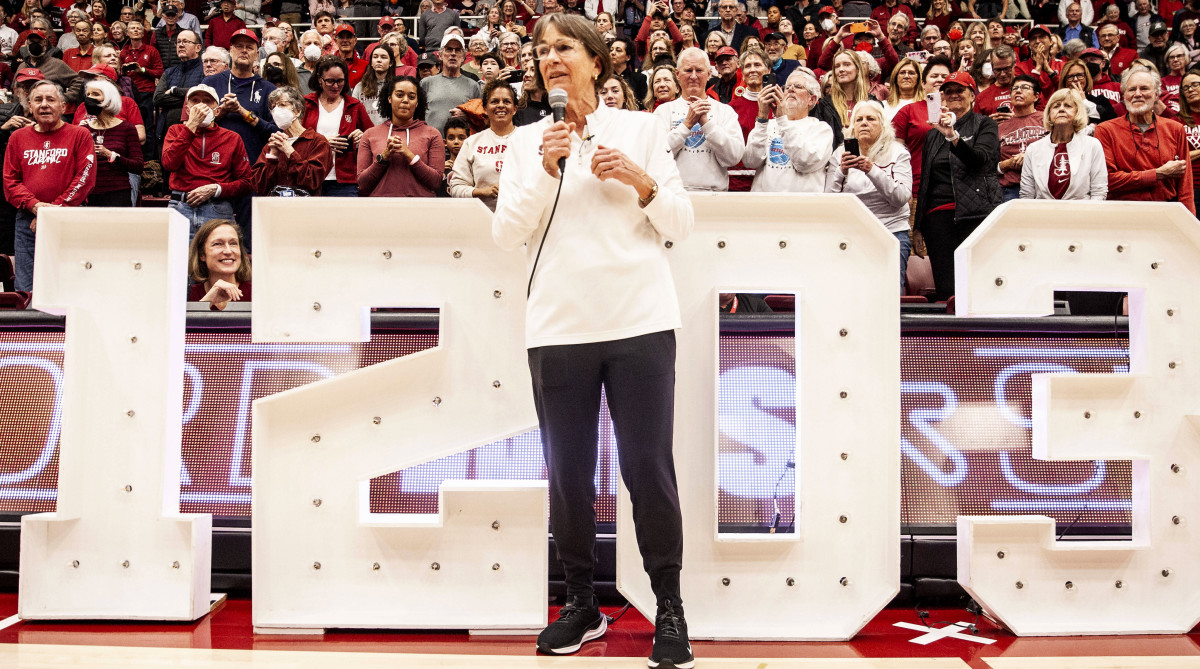
It was a fair question, the players figured, but it struck them as hilarious. They could see how someone might be mistaken. Idaho’s head coach was just 25 years old, scarcely older than her players, and still very much in playing shape. (She didn’t always participate in their grueling conditioning sessions, but the team knew that when she wanted to, she could more than keep up.) Like many of the players, she kept her hair short, in a neat bob. She’d blended right in with her roster when they’d taken their first official team photo a few weeks before. Yet she carried herself in a manner that felt so intimidating in the gym—so clearly the leader of this group—that questioning it felt absurd. She approached women’s basketball with more intensity than anyone on this roster had experienced. Her attention to detail was almost fanatical, her commitment was unquestionable and her standards were high. Here she was—the kind of personality to bring them all the way to Alaska a week before conference play started back in Idaho—and it wasn’t obvious to everyone in the gym who the coach was?
“That was the first time, really, that somebody commented on who our coach was. They wanted to know,” laughs Karin Sobotta, then a freshman guard, who ultimately played four seasons for Idaho. “We just told them to guess. … Nobody ever could figure it out.”
Their coach was Tara VanDerveer, in her first season at the helm of a varsity college program, just beginning work that would span decades. On that road trip to Alaska, she picked up career wins Nos. 6, 7, 8 and 9, a collection to which she has since added more than a thousand others. And Sunday, she earned win No. 1,203 to become the winningest basketball coach in the history of the NCAA, breaking a record previously held by former Duke Blue Devils men’s coach Mike Krzyzewski.
VanDerveer is best known for her tenure at Stanford, where she has coached for more than 40 years, winning three championships and receiving national coach of the year honors across five decades. She has been to 14 Final Fours and coached 13 first-round WNBA draft selections. (VanDerveer could potentially add to both of those numbers this year with the No. 6 Stanford Cardinal currently led by National Player of the Year candidate Cameron Brink.) Almost immediately upon arriving at Stanford, she built the program into a powerhouse, maintaining a run of excellence even as styles of play shifted and the structure of college sports changed dramatically.
But she got her start at the University of Idaho. VanDerveer spent just two seasons in that first college head coaching gig. Yet that was enough time to shape the lives of many of her players—several of whom built careers in basketball and in college sports themselves—and to lay a personal foundation for success to come.
VanDerveer’s first 42 career wins came at Idaho. They were fundamental to the hundreds upon hundreds of victories that followed. And they were also the last time anyone had to ask who was coaching when the answer was Tara VanDerveer.
VanDerveer arrived in Idaho in the summer of 1978. She was not exactly inheriting a program with an auspicious history: The women’s basketball team had started on campus just four years ago, with losing records in three of those four seasons, and the roster was young and inexperienced. But VanDerveer made clear this would be the start of a new era, and one of the first things she told her new team was that no one should ever, ever outplay them in the final minutes of a game.
“That was one of her key things,” says Judy Crandell, né Judy Gross, a freshman walk-on that first season under VanDerveer. “We were going to outplay everybody that last five minutes, whoever it was that we played against, we were going to be in better shape than they were.”
The players were not used to that mindset. There were few college players in the country who possibly could have been: It would be decades before women’s teams employed anything like strength coaches, and while it wasn’t necessarily unusual for programs to focus on conditioning, it was unusual for that focus to include women hitting the weight room. But VanDerveer wanted her players lifting weights, and she wanted them doing sprints, and she wanted them lasting through distance runs, too. “Our preseason conditioning was brutal,” Sobotta recalls. VanDerveer kept reminding them it was all in service of those last five minutes of gameplay. It’s a common idea now. But it was revolutionary for women then.
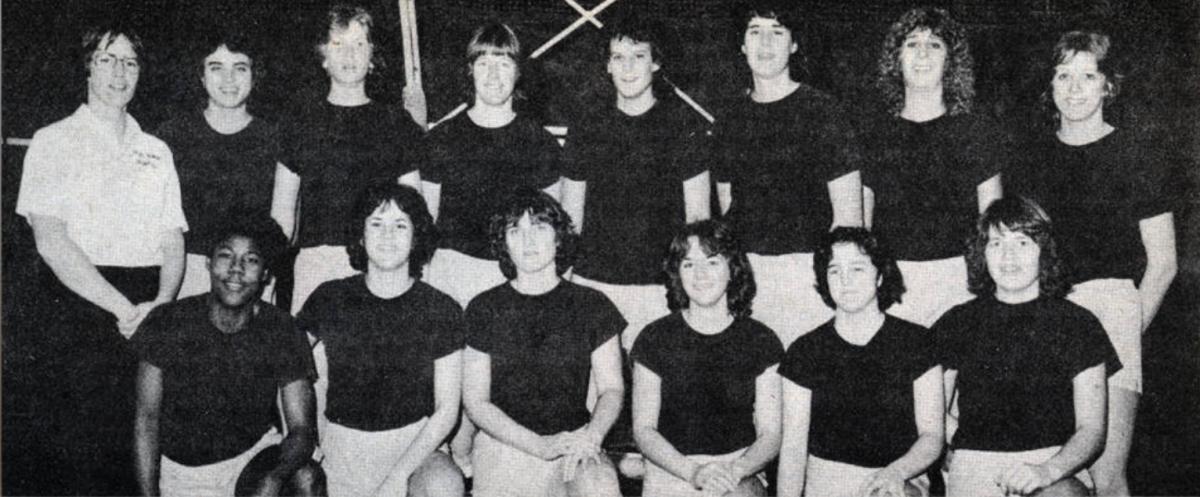
That vision was a VanDerveer signature. Her players say that she viewed the game in a way they did not—in a way many people at the time did not—but she always explained the rationale that led her there. And she was right often enough for them all to see just how that vision could pay off.
A month before that road trip to Alaska, they’d played their opening game under VanDerveer, the very first of her college coaching career. Idaho faced Northern Montana at home on Dec. 1, 1978. They won in overtime—70–68. Her players really did need the conditioning for those last five minutes, they realized, and then some.
“We had no clue and no real expectations ourselves,” says Sobotta, one of the four freshmen who started that first game for Idaho. “We were just going to do the best we could. But Tara had us in such good shape, we thought we could handle anything, we just thought we would outlast everyone. We were pretty confident, honestly.”
The details of VanDerveer’s first career win are lost to time. The University of Idaho does not have complete game statistics. The black-and-white photographs in their records offer little. A partial box score and brief game story ran in the local newspaper—Crandell had six points, while Sobotta scored 15, including a crucial free throw in the final seconds of OT—and the college paper gave only a little more color. (“I just hope they aren’t all like this,” VanDerveer told a student reporter. “It was an exciting game, but our inexperience showed.”) The archives have only these scattered numbers and quotes. But what is left in the players’ memories is how they felt. They remember the exhausting preseason workouts. They remember how VanDerveer convinced them of the purpose of that work. They remember, still, how she made them believe.
“I don’t recall play-by-play and everything that happened,” Crandell says. “But I know I had that hyped energy. … And we kind of felt that sense—where you’re hard on them, but you also value them as individuals—we really felt that from her.”
This was just what Idaho senior women’s administrator Kathy Clark had expected when she hired VanDerveer. The young coach did not have ties to the area: VanDerveer grew up in New York, played a season of college ball at Albany before transferring to Indiana, and then worked as a graduate assistant at Ohio State. She’d led the Buckeyes’ junior varsity squad, but she had no head coaching experience otherwise, and she was only a few years removed from college herself. Yet Clark was struck when she first spoke to a 24-year-old VanDerveer at a regional basketball convention.
This, she knew, was Idaho’s next coach.
“It was really quite amazing for a person as young as she was,” Clark says. “Having an impressive background of study, of being a student of basketball, of taking every opportunity as a player and as a college student to commit herself to the game and improving her personal skills … she was so focused on being a good basketball coach and devoting herself to basketball.”
This was just a few years after Title IX. Women’s college sports were not yet under the aegis of the NCAA; “women’s college basketball coach” was still a part-time job on many campuses. When Clark had been hired at Idaho in 1974 as the first head of women’s athletics, she was also expected to be the volleyball coach and the track coach, and she taught physical education classes, too. She originally had a department where the women’s basketball coach was also the tennis coach as well as a phys ed professor. But when Clark had an opportunity to hire a new basketball coach a few years later, she was able to pitch it as a full-time gig, and she found someone appropriately dedicated in VanDerveer.
Yet there were still many battles that VanDerveer had to fight in her two seasons at Idaho—for opportunity, for resources, for legitimacy in the eyes of others.
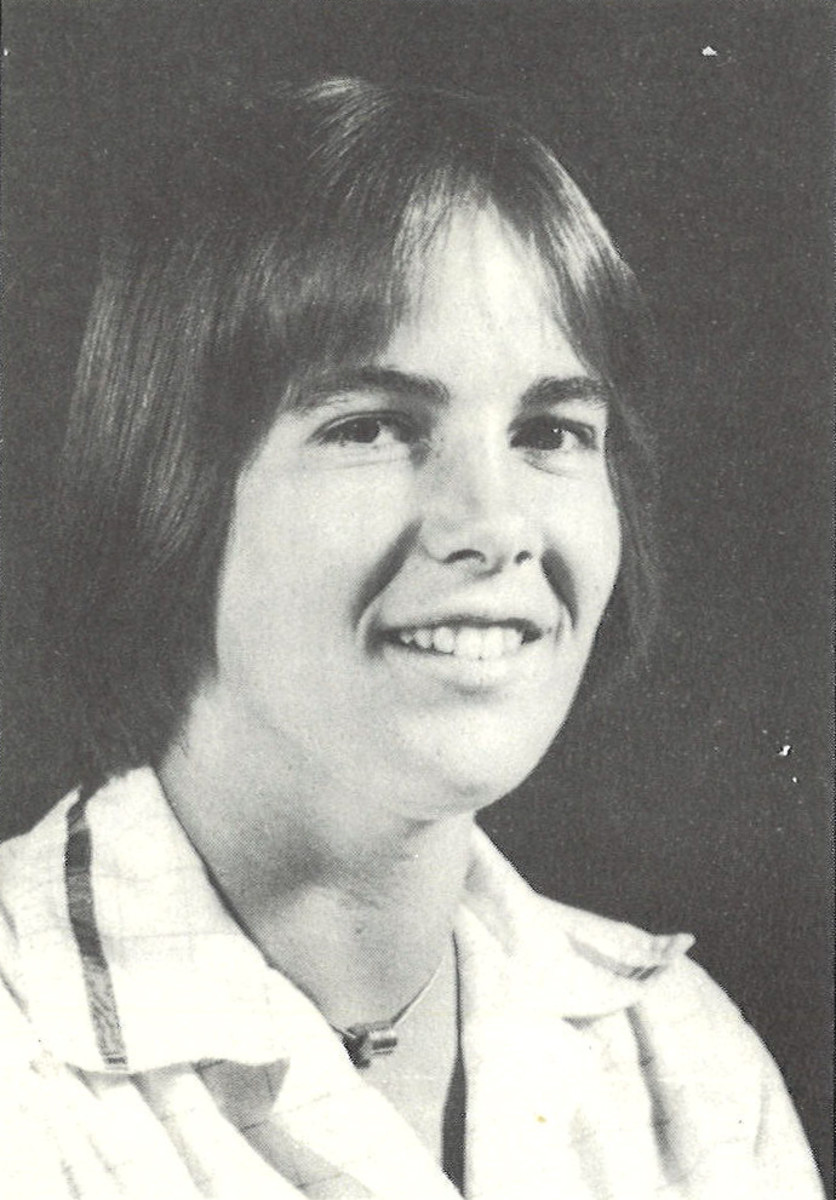
“There was one time when some radio guy said, ‘Your game’s before the men’s game, and if your game goes into overtime, we’ve got to start the men’s game at 7:30, so we’ll just have to have a sudden-death basket,’” VanDerveer wrote of her time at Idaho in an ESPN essay in 2021. “And I said, ‘If anyone comes on the court, there will be sudden death. But I will be killing them.’”
To share that story with her players now is to get one response: That sure does sound like Tara. But the young coach kept many of these struggles from her players at the time.
“We never felt slighted,” says Willette White, a former point guard who transferred to play at Idaho after VanDerveer’s first season. “We felt like we were kind of given the things that we deserved at that point with where athletics were. … I know she had a lot of behind-the-scenes fights with facilities and practice times and all of these things that we never felt. But I don’t think we ever realized how much she was fighting.”
Idaho went 17–8 in VanDerveer’s first season. The intensity of her program was not for everyone; several players transferred after that first year. But that created spots for players interested in VanDerveer’s style, including White, who transferred from a junior college in Washington. “I knew absolutely nothing, other than this woman from Idaho was recruiting me,” White says. “And something just felt right about playing for her.” She was joined by Liz Abel, a small forward looking to leave Indiana, who’d sought advice from a friend at Ohio State. Rather than suggesting Abel join her in Columbus, the friend told her that if she wanted a great coach, she should go find the Buckeyes’ former grad assistant in Idaho. That was good enough for Abel. She reached out to VanDerveer and committed to Idaho sight unseen.
To be coached by VanDerveer was a revelation. Her passion was clear to new players even before they got to campus. (Every week of the summer, VanDerveer sent out postcards containing workout details, and players would write back with their numbers and times only to get more workouts in response.) And they were in awe of what they experienced when they arrived for their first practices in Idaho.
“Back then, there was no strength training, you didn’t watch videos, you didn’t do any of that,” Abel says. “So to have a coach who said, No, this is how you have to do your defensive stance, this is how you have to take a charge, here’s how your feet have to be, those were really specific things that none of us had ever been coached on.”
VanDerveer was constantly studying the game, reading, strategizing, watching film whenever she could. (If Idaho hadn’t already made the coaching job a full-time gig, VanDerveer would have done it herself by sheer force of will, it seems.) It had been Clark’s only concern when she found VanDerveer. This was a clichéd weakness for a new hire, but here, it felt relevant.
What if VanDerveer cared too much?
“While I didn’t see it as a negative, she spent so much time on basketball and on preparation and whatnot that I had the feeling, at some point, she was going to burn out,” Clark says. “But she obviously found the secret.”
In recent decades, VanDerveer’s love of swimming and piano has been a key part of that secret. But even before she was known for endorsing that kind of life balance, her team recognized that she saw them as more than just basketball players, and they understood how much that meant.
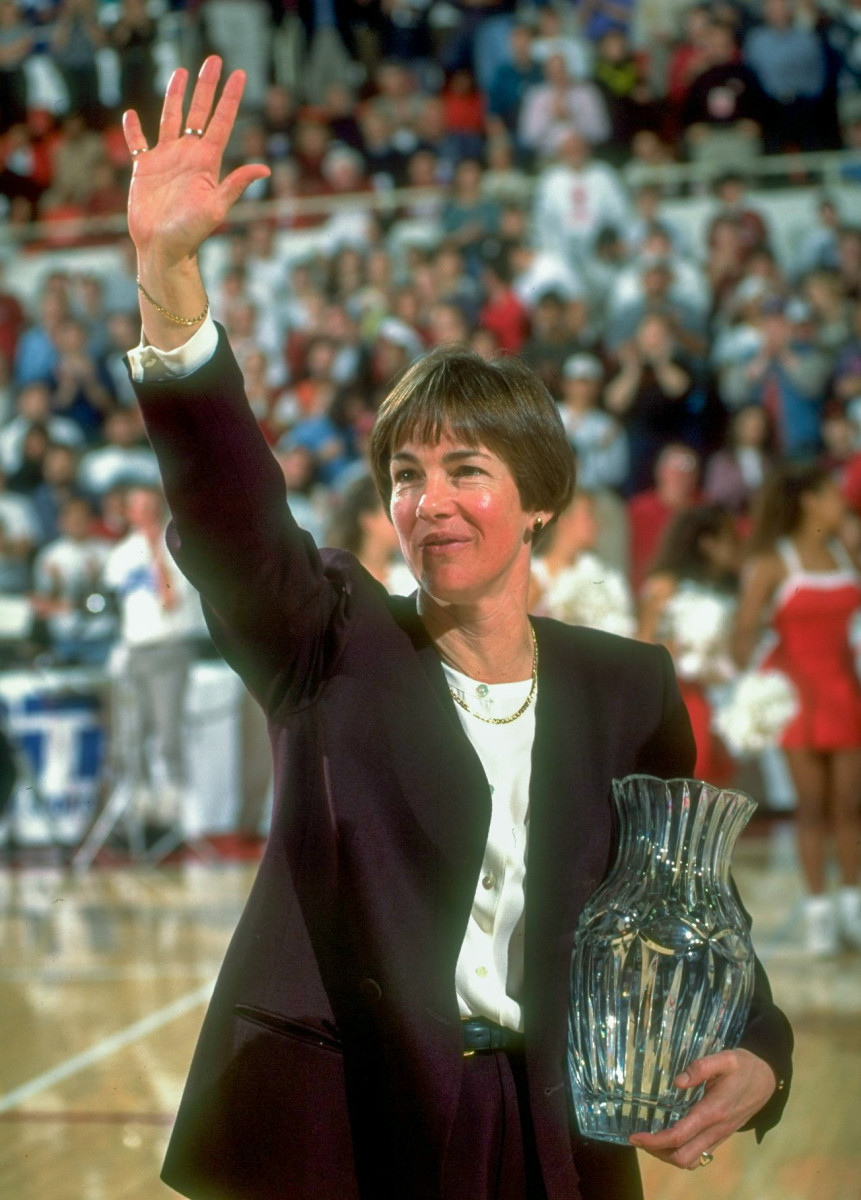
“She invested in us as people,” White says. “She cared about what was going on outside of just being on the court.”
So when a group of players went to a rodeo and their van broke down, stranding them an hour away from campus at 11 p.m., they knew who to call to come get them. It was VanDerveer, who pulled up in her tiny car, wearing her pajamas. The players all piled in for the long ride back.
“I don’t think she was too happy about that one,” Sobotta laughs. “But probably with her being closer to our age, she did understand what we were doing, experiencing the college life, getting closer to teammates. And we were a very close team.”
That closeness was in some ways a product of VanDerveer’s practice environment. “She was so focused on how to make the players their best, how to make the team its best, and how to get people to buy into what she was doing,” Abel says. “And partially I think because of that intensity, people did buy in really fast.” That paid off. In VanDerveer’s second year on campus, Idaho improved to 25–6, and she made sure they learned from their handful of losses.
Idaho fell to conference foe Western Washington once that season in January and again in February. After that second loss, VanDerveer announced she believed they would meet again in March, and this time, Idaho would win. The final 15 minutes of every practice for the rest of the season was devoted to breaking down Western Washington’s offensive scheme and figuring out how to defend it. Of course, there was no guarantee they would play Western Washington, or any team remotely like Western Washington. But VanDerveer was right. The two teams met in March at the Northwest College Women’s Sports Association Division II Regionals—not under the NCAA, which still did not have a women’s college basketball tournament, but under the AIAW—and the result was different this time.
Idaho 68, Western Washington 56.
“Us not knowing or understanding, but obviously trusting where it was going and then watching it all fall into place was mind-boggling,” White says. “Her vision was incredible. … It was like she had this roadmap for us, and not everything made sense right away, but it all fell into place.”
Clark believed that a bigger program would soon call about VanDerveer. She was right. After two winning seasons at Idaho, VanDerveer was approached about returning to Ohio State, this time as head coach.
VanDerveer took the job. It was, of course, the logical choice for a coach looking to build her career. It nonetheless stung for the players.
Soon after the announcement, Abel showed up to a team pickup game “in a huge pout,” not shy about hiding her feelings from VanDerveer. Midway through the game, she burst out: I can’t believe you’re leaving. VanDerveer looked at her for a moment. And then she answered calmly.
“She said, ‘You know what, Liz? This is a huge career move for me,’” Abel recalls. “I was so selfish; I hadn’t even thought of it that way. And she said, ‘If I’m going to be where I want to be, I can’t stay at Idaho for the rest of my life. I would have liked to stay here another year. But I didn’t. I got this opportunity, and I’ve got to take it.’”
It recast her coach’s intensity as ambition. This felt like a new concept; “women’s college basketball coach,” after all, had been considered a part-time job only a few years before. But VanDerveer had always seen a bigger future for the game and for her players and, it turned out, for herself.
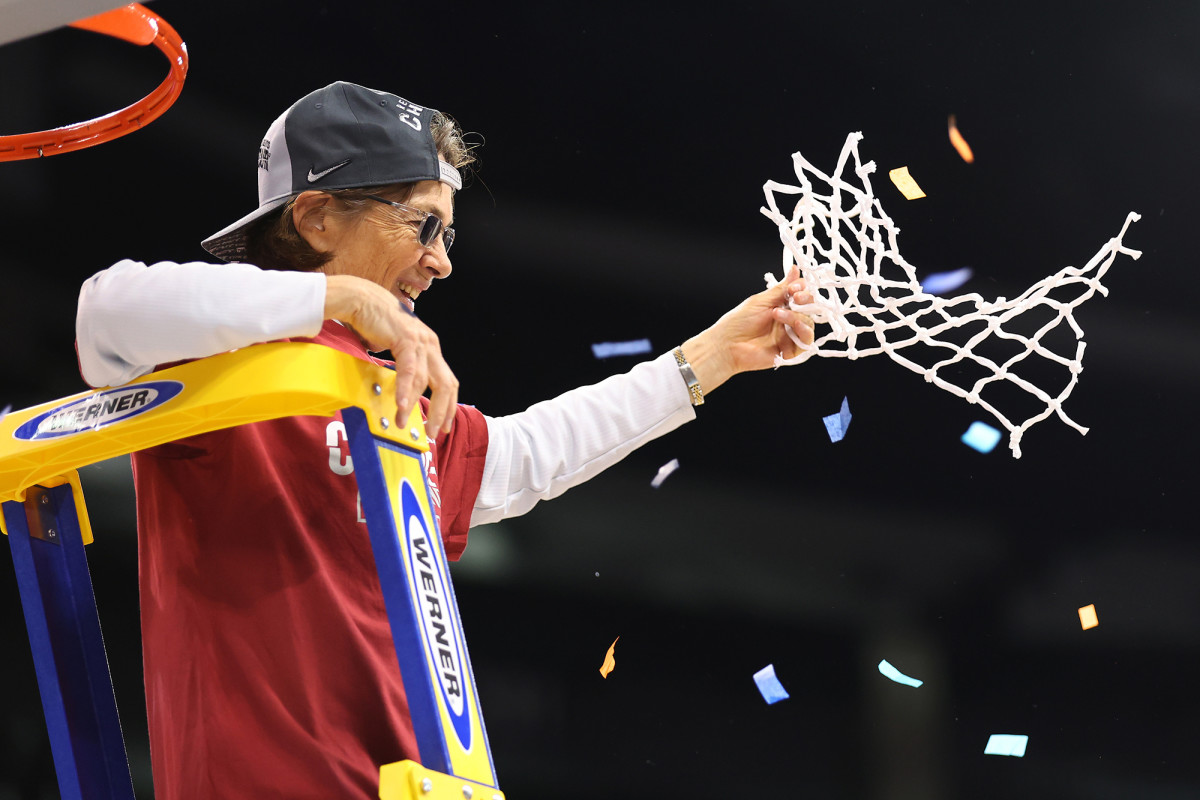
This meant her time in Idaho was brief. VanDerveer still worked to remain close to many of those players. She brought White on as a grad assistant at Ohio State. “She created a pathway for me to go to grad school,” says White, who later served on coaching staffs at programs including Washington, UCLA and Oregon. And it was VanDerveer who first suggested working in sports information to Abel, getting her an internship at Missouri and setting up a decades-long, trailblazing career in the field. (Abel ultimately landed at Utah, where she became one of the first women to be a primary media contact for a Division I football team.) Crandell spent years as a high school coach—both softball and basketball—attributing much of her coaching philosophy to her two seasons playing under VanDerveer. (For one, Crandell always conditioned her teams to outplay their opponents at the end of the game.) And she liked to introduce herself to new students and players with the same personal tidbit:
“I played basketball for Tara VanDerveer.”
VanDerveer was at Ohio State for five seasons. She won the Big Ten in the last four of them. That was all it took for Stanford to call. On came the Final Four appearances, the championships, the Olympics, the unquestioned position as a leader of the game and now, more than 1,000 wins later, the title of winningest coach in college basketball history.
VanDerveer’s win No. 1,203—Stanford 65, Oregon 56—looked nothing like win No. 1. But its spirit felt recognizable.
“She’s refined and redefined herself and changed with the times,” White says. “But I think the foundation is still there of what she brought to the table in Idaho. And that was hard work.”
